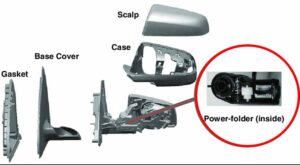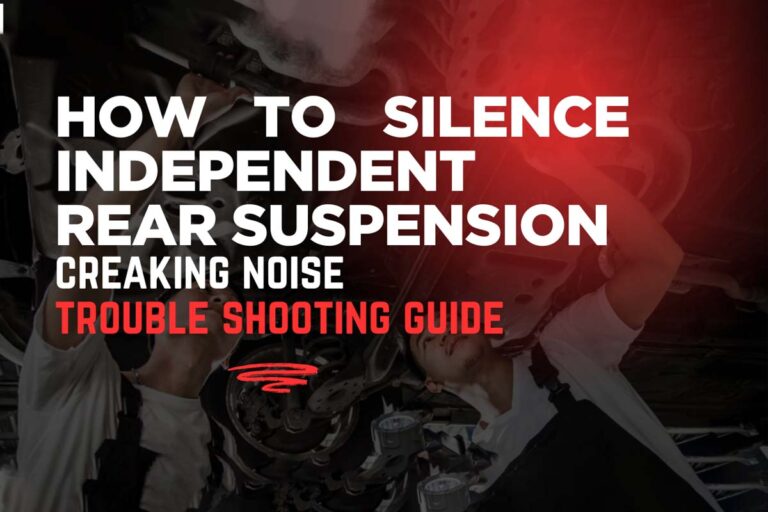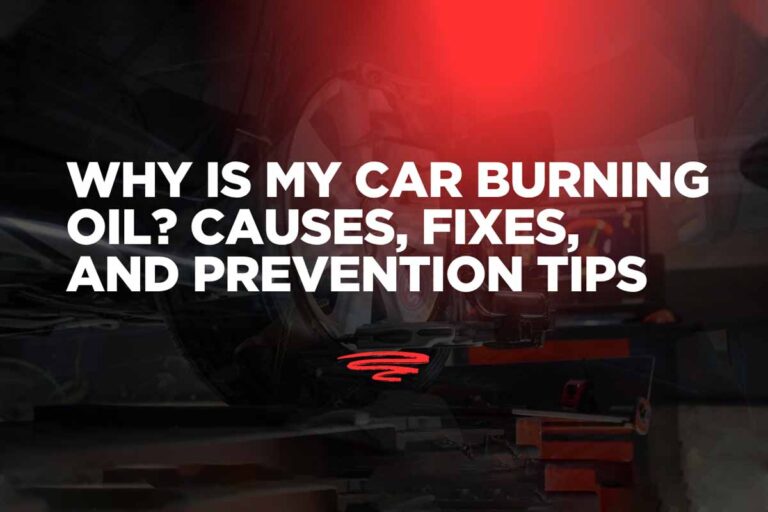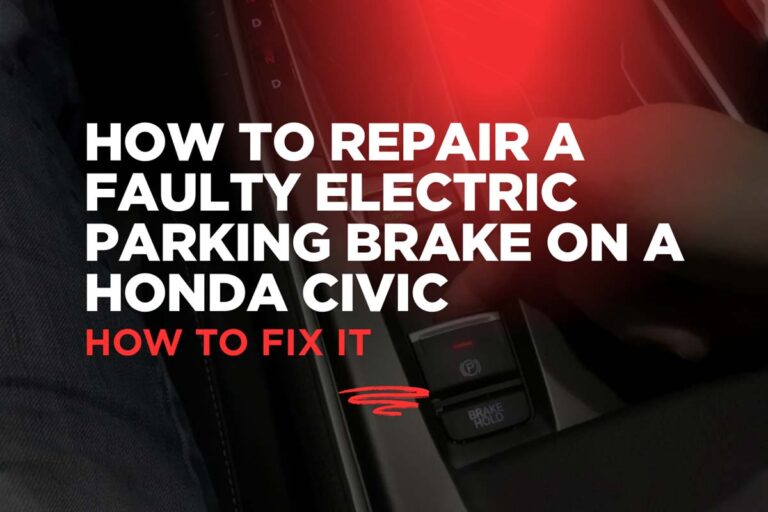How Power Side Mirrors Work and What to Do When They Won’t Move
Power side mirrors are an essential part of modern vehicles, offering convenience and enhanced safety by allowing drivers to adjust the mirror angle easily without leaving their seat. However, sometimes these mirrors stop moving, especially in the up and down directions, which can make driving risky due to poor visibility. Understanding how power mirrors function and knowing how to troubleshoot common problems can save you time, money, and frustration.
What Are Power Side Mirrors?
Power side mirrors consist of several components working together mechanically and electrically. These mirrors are adjusted by small motors inside the mirror housing that tilt the mirror glass vertically and horizontally based on the driver’s input.
The main parts inside a power mirror include
- DC Motors: Usually two 12-volt motors that move the mirror vertically (up/down) and horizontally (left/right).
- Gear and Actuator Assembly: Small spiral gears and threaded actuators translate the motor’s rotation into smooth and precise movement.
- Pivot Mechanism: A central ball socket and smaller sockets help the mirror pivot and tilt as required.
- Heating Elements: Wires attached to the back of the mirror glass prevent fogging and icing in cold weather.
- Folding Mechanism: A spring-loaded pivot allows the mirror to fold inwards on impact and return to position.
How Does the Control System Work?
The mirror adjustments are controlled through a switch located on the driver’s door panel. This switch acts as the command center:
- It selects which mirror (left or right) to adjust.
- It sends electrical signals to the motors to move the mirror up, down, left, or right.
The switch is mechanical and simple, containing contact pads and a joystick that physically connects electrical terminals, directing current to the correct motor. This ensures the motors only run in the intended direction and prevents electrical shorts.
Power comes from the vehicle’s electrical system, flows through the switch, powers the motors, and completes the circuit back to the ground. No computers or microprocessors are involved, keeping the system robust and easy to repair.

Why Does a Side Mirror Stop Moving?
If your side mirror stops moving up and down, the problem is usually due to one of the following:
- Faulty Mirror Switch: The internal contacts wear out or fail.
- Blown Fuse: Electrical surges or faults can blow the fuse protecting the mirror circuit.
- Loose or Disconnected Wiring: Wiring connectors inside the door can become loose or damaged.
- Failed Mirror Motor or Actuator: The motor or gear assembly inside the mirror housing can wear out or break.
- Additional Feature Issues: Heated mirrors or power folding functions may have extra wiring that can fail.
Step-by-Step Troubleshooting and Repair Guide
Check the Mirror Selector Switch
- Locate the switch on the driver’s door.
- Select the mirror you want to test (left or right).
- Try moving the mirror in all directions and listen for motor sounds.
- If the mirror doesn’t move but the opposite mirror works, suspect wiring or motor issues rather than the switch.
Inspect the Fuses
- Open the fuse box (usually under the dashboard or hood).
- Find the fuse related to the Driver Door Module (DDM) or mirror circuit.
- Replace any blown fuse and test the mirror again.
Inspect the Wiring
- Remove the door panel carefully using trim tools.
- Locate the mirror wiring connector.
- Check for loose, corroded, or damaged wires and connectors.
- Secure or replace any faulty wiring.
Test Power and Ground at the Mirror Connector
- Use a test light or multimeter to check for voltage and ground signals at the mirror motor terminals while operating the switch.
- If power and ground are present but the mirror doesn’t move, the motor or actuator needs replacement.
Replace Faulty Components
- Replace the mirror motor or the entire mirror assembly if the motor is defective.
- Replace the mirror switch if no power reaches the motor.
- Repair or replace wiring connectors if damaged.
Understanding Mirror Motor Operation
Inside the mirror, the motor works by alternating the polarity of electrical current through two or three wires:
- A common wire (usually yellow).
- Wires controlling movement directions (e.g., blue for horizontal, green for vertical).
By reversing polarity, the motor changes direction, allowing the mirror to tilt up/down or left/right. You can simulate this with a 9V battery to test motor movement.
Special Features to Consider
If your mirrors include extras like heating elements, turn signals, or power folding:
- These features have additional wires.
- Test power and ground for these circuits similarly.
- Faults here can cause the entire mirror system to malfunction.
Tips to Avoid Mirror Damage
- Avoid forcing the mirror manually, as this can damage actuator threads.
- Don’t adjust mirrors when frozen or obstructed.
- Regularly check and clean wiring connectors during car maintenance.
Conclusion
Power side mirrors are smartly designed yet mechanically simple systems that improve driver safety and comfort. When they stop working, the cause is often electrical (switch, fuse, wiring) or mechanical (motor, actuator). With basic tools and understanding of the mirror’s components and wiring, most common issues can be diagnosed and fixed at home.
This knowledge not only helps maintain your vehicle but can save you costly repairs and keep you safer on the road.






